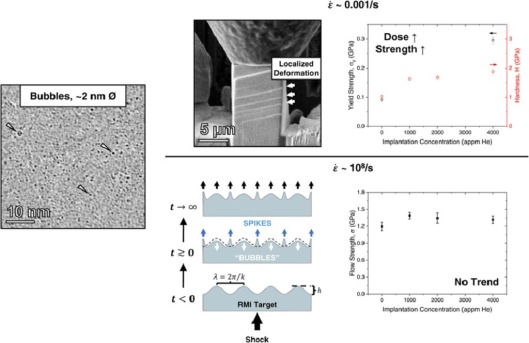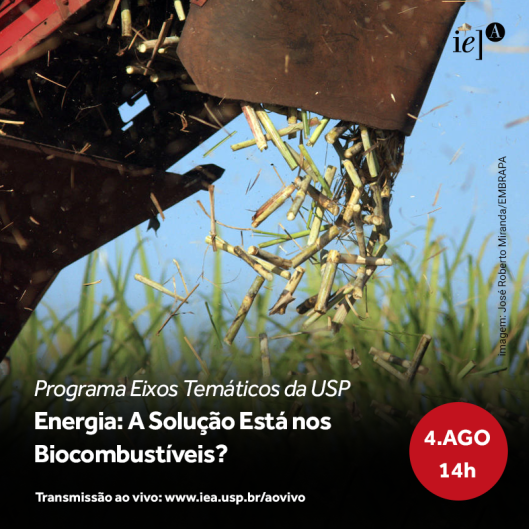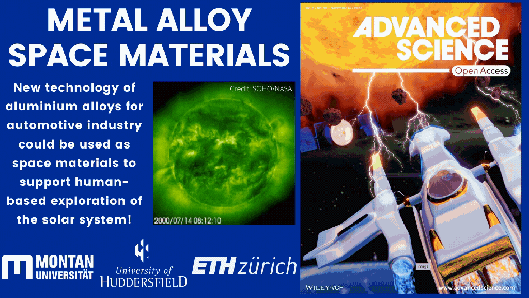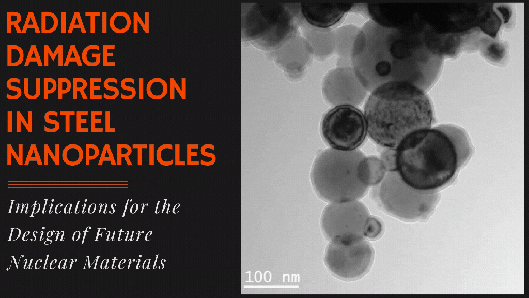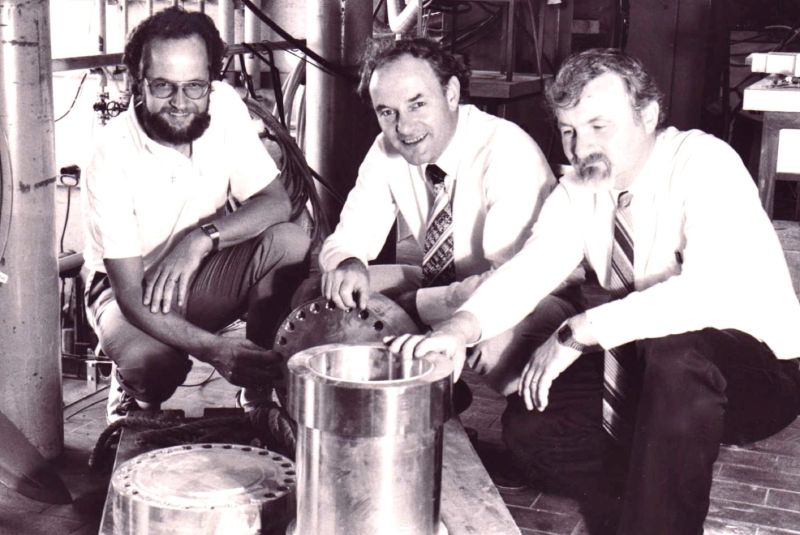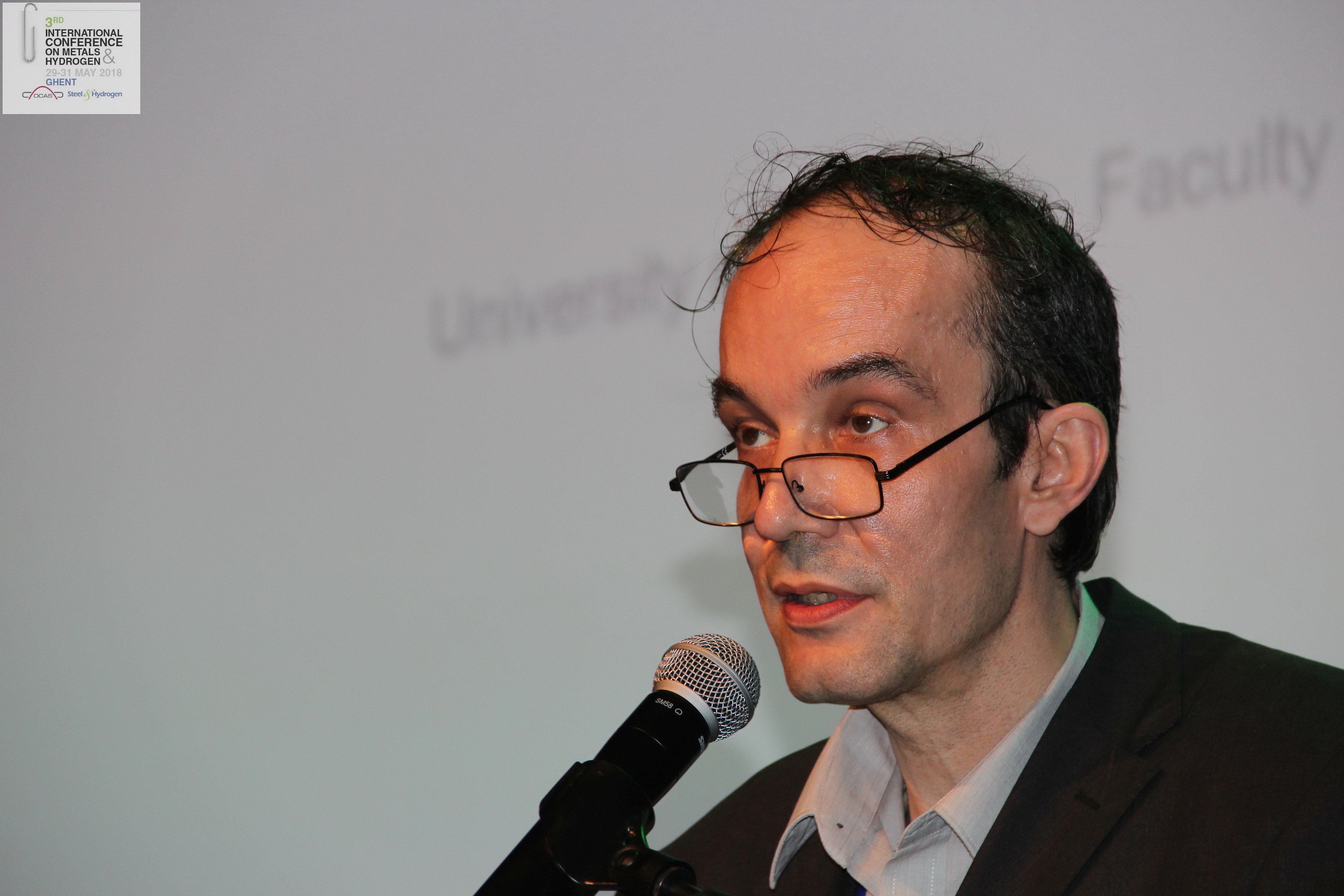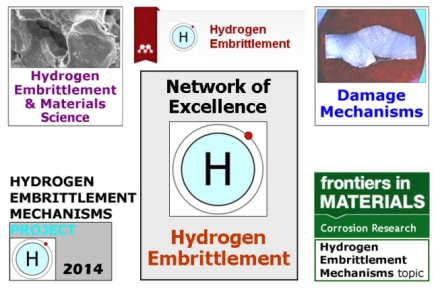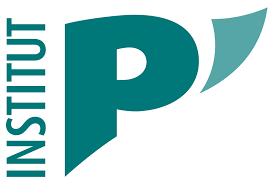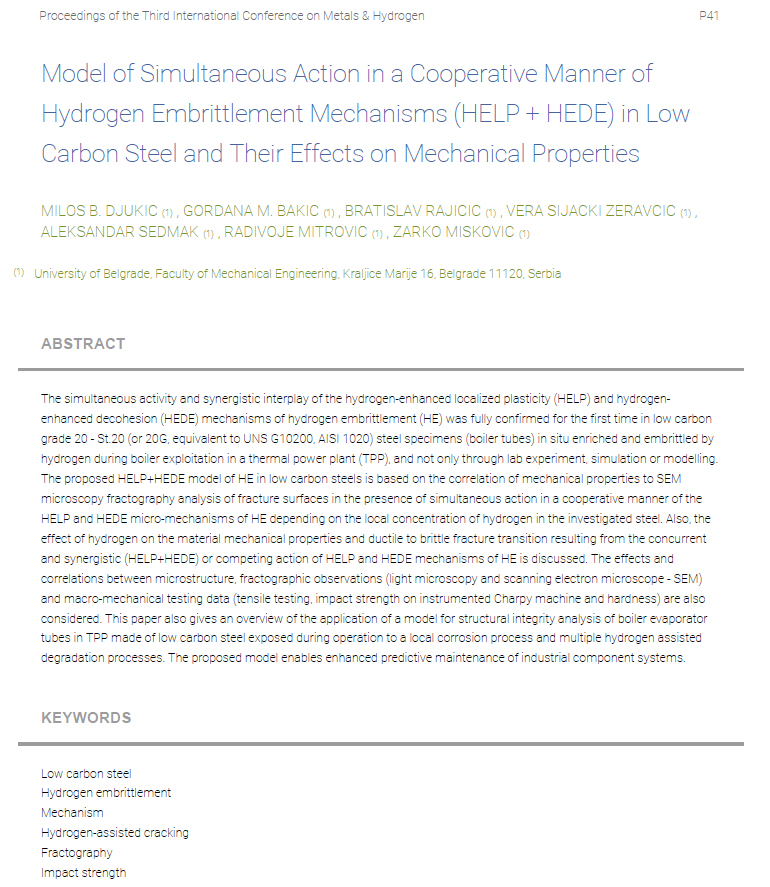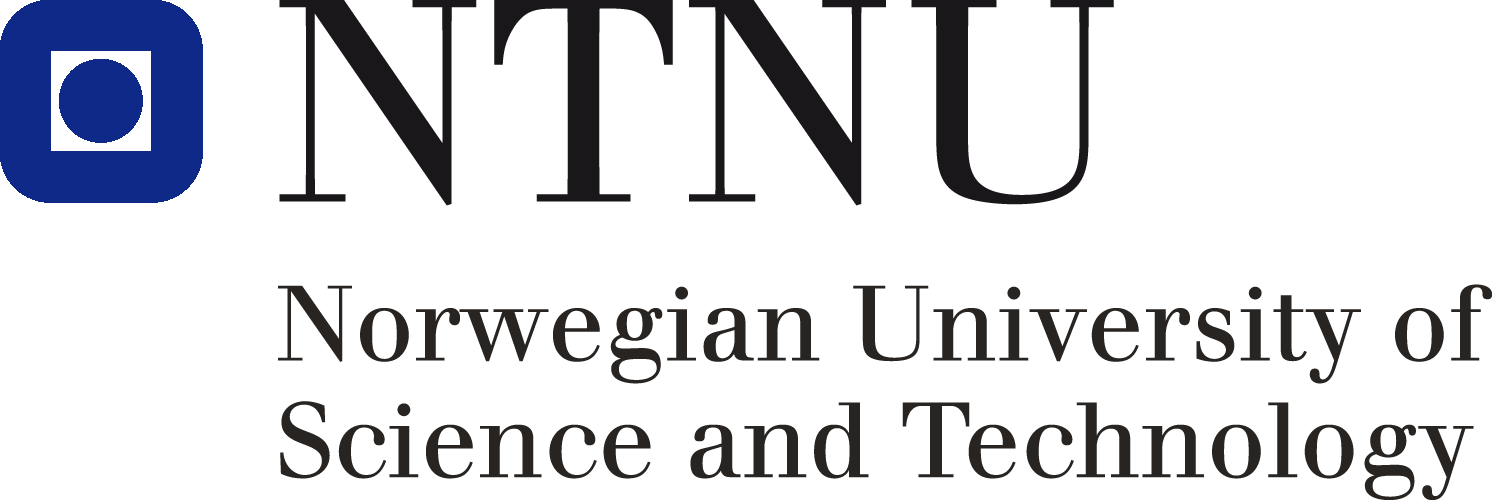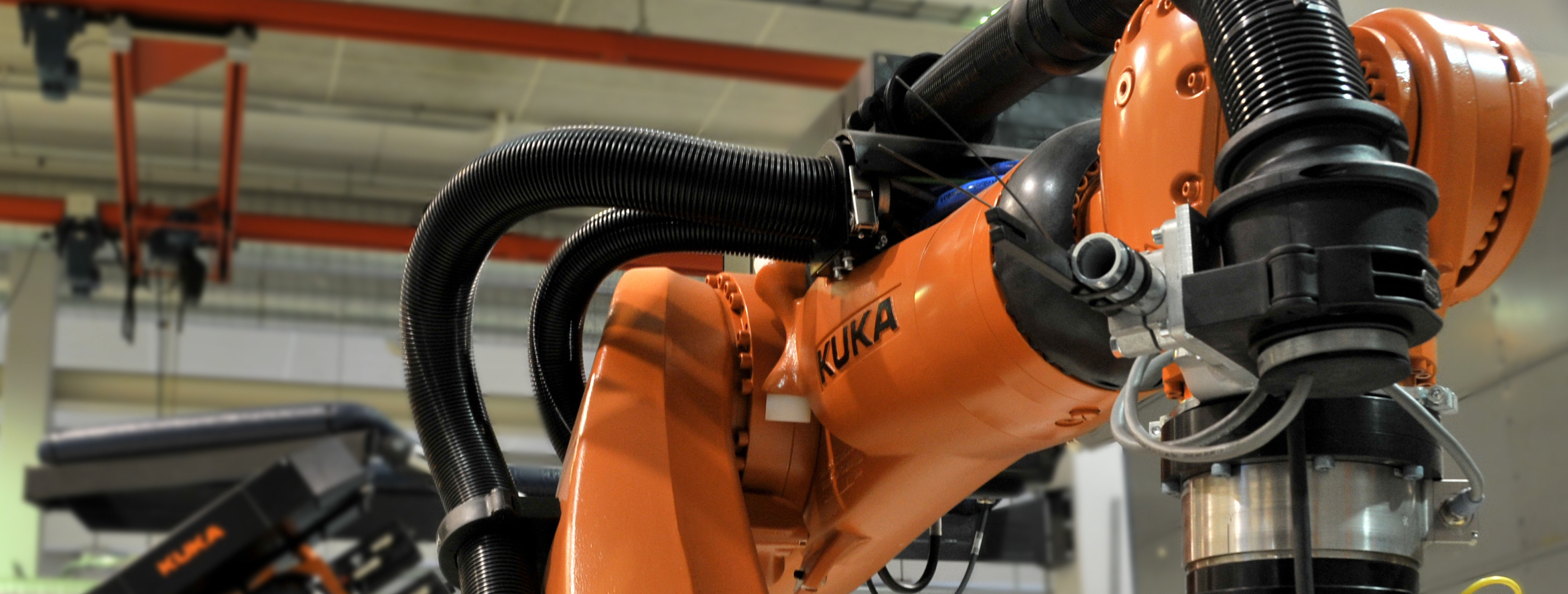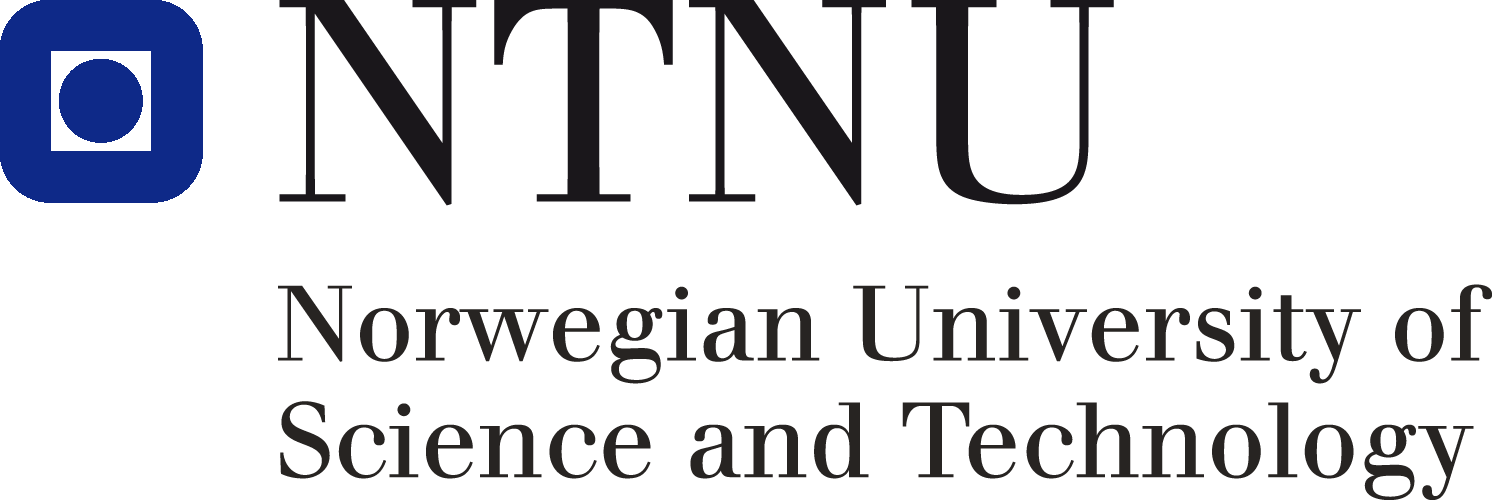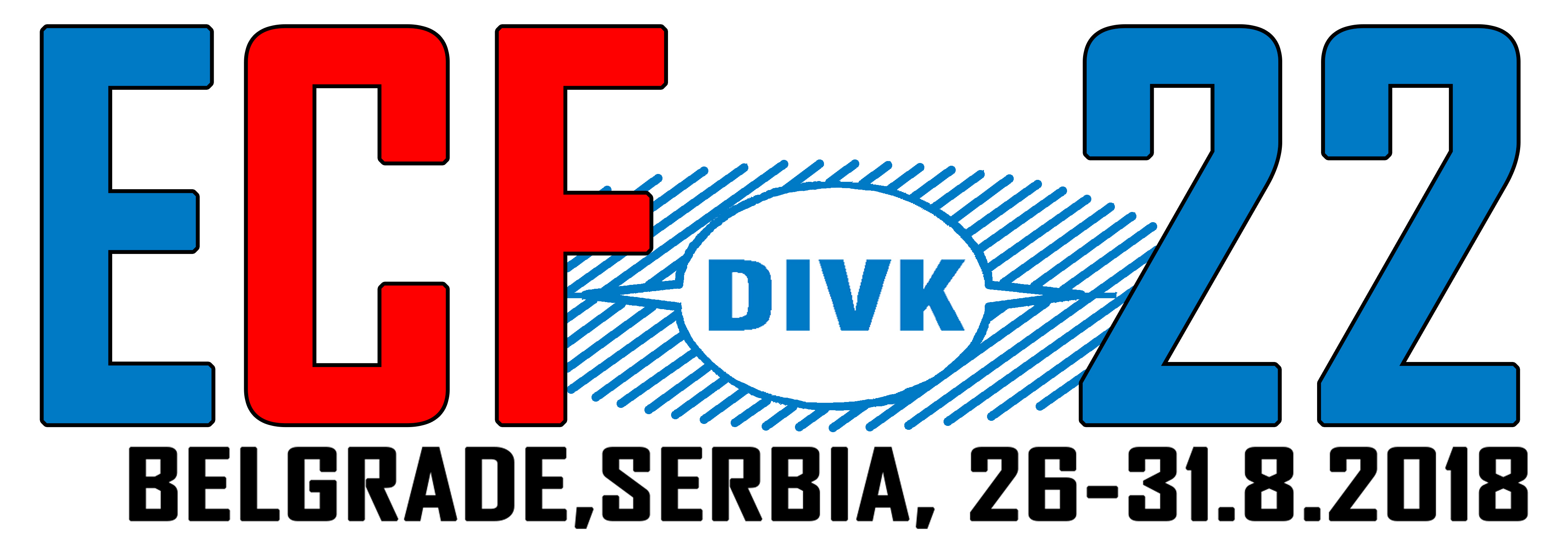Dear colleagues and friends,
I am pleased to inform you that these eight research papers about hydrogen embrittlement phenomena, foresaw in this special issue (SI) are already published. They will be collected soon together with other review and research papers (total 20) within the dedicated webpage about this SI.
1. Electrochemical hydrogen charging to simulate hydrogen flaking in pressure vessel steels
by A.Laureys, J. Van Stappen, T. Depover, V. Cnudde and K.Verbeken
https://doi.org/10.1016/j.engfracmech.2019.106546
2. Strain-rate sensitivity of hydrogen-assisted damage evolution and failure in dual-phase steel: From vacancy to micrometer-scale void growth
by T. Kumamoto, M. Koyama, K. Sato and K. Tsuzaki
3. Hydrogen partitioning behavior and related hydrogen embrittlement in Al-Zn-Mg alloys
by Kazuyuki Shimizu, Hiroyuki Toda, Hiro Fujihara, Kyosuke Hirayama, Kentaro Uesugi and Akihisa Takeuchi
4. Unification of hydrogen-enhanced damage understanding through strain-life experiments for modeling
by M.L. Martin, C. Looney, P. Bradley, D. Lauria, R. Amaro and A.J. Slifka
https://doi.org/10.1016/j.engfracmech.2019.106504
5. Simulation of the effect of internal pressure on the integrity of hydrogen pre-charged BCC and FCC steels in SSRT test conditions
by Jean-Gabriel Sezgin, Osamu Takakuwa, Hisao Matsunaga and Junichiro Yamabe
Link:
https://doi.org/10.1016/j.engfracmech.2019.106505
6. Quasi-cleavage hydrogen-assisted cracking path investigation by fractographic and side surface observations
by E.D. Merson, P.N. Myagkikh, V.A. Poluyanov, D.L. Merson and A. Vinogradov
7. Temperature dependence of vacancy concentration and void growth mechanism in Al with constant hydrogen concentration: A first-principles study
by Pengyu Liu and Ryosuke Matsumoto
8. A Theory of Critical Distances based methodology for the analysis of environmentally assisted cracking in steels
by P. González, S. Cicero, B. Arroyo and J.A. Álvarez

The SI of EFM Guest Editors:
- Milos B. Djukic, Associate Professor. (Managing Guest Editor of the SI ), Department of Engineering Materials and Welding, University of Belgrade, Faculty of Mechanical Engineering, Serbia (The chair of the HE Special Symposium, ECF22 – http://www.ecf22.rs/minisymp.html – click on More Info…),
- Prof. William Curtin, École, Polytechnique Fédérale de Lausanne (EPFL), Switzerland (Member of EFM Editorial Advisory Board and the co-chair of the HE Special Symposium, ECF22),
- Prof. Zhiliang Zhang, Norwegian University of Science & Technology NTNU, Trondheim, Norway (Member of EFM Editorial Advisory Board and the co-chair of the HE Special Symposium, ECF22) and
- Prof. Aleksandar Sedmak, Department of Engineering Materials and Welding, University of Belgrade, Faculty of Mechanical Engineering, Serbia (The Chair of ECF 22 – http://www.ecf22.rs/)
We should provide some breakthrough in hydrogen embrittlement understanding (modeling and experiments) and future research framework with research and review papers which will be published in this SI. This SI will be published during 2019. The number of expected papers to be published in this special issue (SI) is 20.
Check soon other upcoming papers in this SI by:
- Prof. Zhiliang Zhang, Norwegian University of Science and Technology – NTNU, Department of Structural Engineering, Faculty of Engineering, Trondheim, Norway
- Prof. Afrooz Barnoush, Norwegian University of Science and Technology – NTNU, Department of Mechanical and Industrial Engineering, Faculty of Engineering, Trondheim, Norway
- Prof. Xavier Feaugas, Université de La Rochelle, Laboratoire des Sciences de l’Ingénieur pour l’Environnement – LaSIE, La Rochelle, France
- Dr. Yann Charles, Assistant Professor, Université Paris 13, Laboratoire des Sciences des Procédés et des Matériaux, LSPM, CNRS, France
- Dr. Antonio Alvaro, SINTEF Industry, Department of Materials Integrity and Welding, Norway
- Dr. Tom Depover, Ghent University, Department of Materials, Textiles and Chemical Engineering, Ghent, Belgium
- Dr. Tuhin Das, McGill University, Department of Mining and Materials Engineering, Canada
- Dr. Xiaofei Guo, Steel Institute, RWTH Aachen University, Aachen, Germany
This EFM special issue (SI) will collect contributions presented at
ECF22 conference in Belgrade, 2018, ECF22 HE Special Symposium:
“Recent Advances on Hydrogen Embrittlement Understanding and Future Research Framework” (HE Special Symposium), with a round table and panel discussions, organized by:
Milos Djukic, Associate Prof., Prof. William Curtin and Prof. Zhiliang Zhang.
Best regards,
Milos Djukic
The SI of EFM Managing Guest Editor
Organizer of the ECF22 HE Special Symposium – “Recent Advances on Hydrogen Embrittlement Understanding and Future Research Framework” with a round table and panel discussions.
This post is a part of:

The Network of Excellence (NoE) in Hydrogen Embrittlement aims to strengthen scientific and technological excellence by developing an integrated and interdisciplinary scientific approach, and also by addressing the fragmentation of European and Worldwide research in this area.
The Network of Excellence in Hydrogen Embrittlement is structured so that it consists of the following branches:
- Hydrogen Embrittlement Group on LinkedIn
- Hydrogen Embrittlement – Understanding and research framework Project
on ResearchGate
- Hydrogen Embrittlement Group on Mendeley
- Hydrogen Embrittlement and Materials Science Blog on WordPress
- Research Topic titled “Hydrogen Embrittlement Mechanisms” (closed now) in collaboration with Frontiers in Materials Journal within Corrosion Research section
- Damage and Fracture Mechanism Group on LinkedIn
The Network of Excellence (NoE) in Hydrogen Embrittlement logo, Copyrights by Milos Djukic all rights reserved © 2013, 2014
Hydrogen Embrittlement & Materials Science by Milos Djukic is licensed under a Creative Commons Attribution-NonCommercial-ShareAlike 3.0 Unported License.
